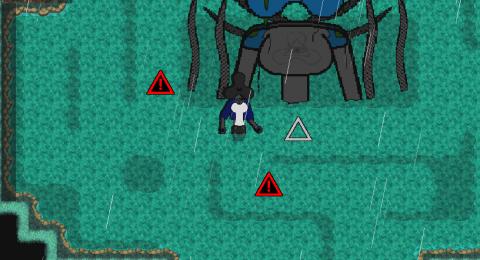
After eluding scientists for more than 10 years, gamers managed to decipher the structure of an enzyme required to understand the AIDS virus. More astonishing, the feat was achieved in three weeks.
In order to understand the retroviruses viruses' family that includes HIV more thoroughly, scientists needed to understand the molecular structure of a monomeric protease enzyme, a cutting agent in the complex molecular tailoring of the retroviruses viruses.
Problem is, microscopes produce only 2D images of the 3D spaghetti-like structure of the enzyme. Scientists needed a 3D view of the protein so that they could unfold and rotate it to find potential targets for drugs.
Instead of writing and running complex algorithms for months or years to find the correct 3D layout, scientists created a multiplayer game called "Foldit" where players, divided into teams, compete to unfold chains of amino acids. Three weeks after the game's launch, all amino acid strands where unfolded and the complete 3D picture of the enzyme was revealed.
A paper about the experiment will be published on Sunday in the journal Nature Structural & Molecular Biology, with both gamers and researchers honored as co-authors.
"We wanted to see if human intuition could succeed where automated methods had failed," Firas Khatib of the university's biochemistry lab said. "The ingenuity of game players is a formidable force that, if properly directed, can be used to solve a wide range of scientific problems."
Seth Cooper, one of Foldit's creators, explained the reason behind the success of gamers where computer failed. "People have spatial reasoning skills, something computers are not yet good at," he said. "Games provide a framework for bringing together the strengths of computers and humans. The results in this week's paper show that gaming, science and computation can be combined to make advances that were not possible before."








